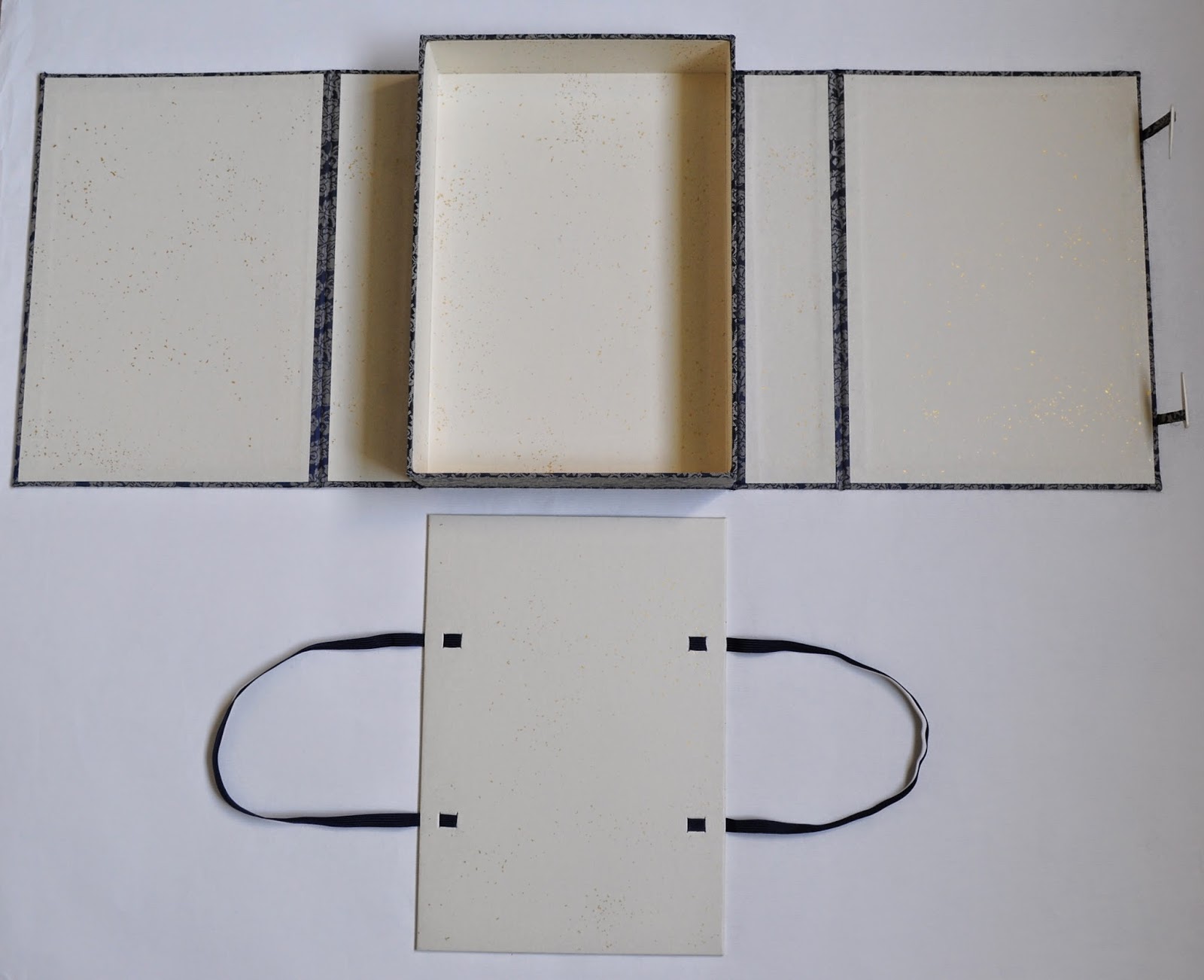JADE
BOOKBINDING STUDIO has created five workshops in
Japanese Bookbinding. During the series of workshops, students will be
introduced to three classic styles of Japanese Bookbinding, one box making and
one workshop in KARIBARI making (please see workshop E). Traditional Japanese
tools, papers, fabrics, and construction techniques will be used, allowing
students to gain as much knowledge as possible, in this most exquisite form of
regional bookbinding.
The various
workshops are open to anyone, no prior knowledge of bookbinding is necessary .
Japanese Bookbinding is a perfect introduction to the craft of
bookbinding, whilst providing a refreshing alternative for the more advanced
student of bookbinding.
The workshop
fees include all materials, tuition (in English and Japanese), use of hand
tools, and when necessary, use of workshop equipment.
A. 袋綴 FUKURO TOJI
[Four Hole Binding ]
つばくろ TUBAKURO [
Wraparound Case ]
The FUKURO TOJI is considered by many as the classic form
of Japanese Bookbinding. Students will be able to make two variations, one
being the basic four hole binding, the other concentrating on a more decorative
sewing pattern.
The TSUBAKURO is the ideal protective case for the FUKURO
TOJO books, though simple in form, the Tsubakuro has many other applications
Materials :
covering paper / corner pieces / text block papers / silk binding thread /paper
thread / title strip / Japanese paper lining cloth / flat tape
B. 箱秩 HAKO CHITSU [ Box Case ]
This is a two days workshop. This
style of box provides ideal storage for various sizes, shapes of books and
papers. The basic construction is a wraparound enclosure with a 4 sided box and
it contains a lift out tray.
Materials : boards / covering cloth / lining papers / clasps
/ fastening cloth / flat tapes / supporting hinge paper / title strip
C. 結び綴 MUSUBI TOJI - Hard Cover-
The MUSUBI TOJI is one of
the true forms of Japanese Book, with construction details differing from Korean
or Chinese influenced Bookbinding methods. The MUSUBI TOJI is unique, in that
the same binding method can be used for both "limp" and
"hard" bindings. Participants will be making the “hard” variations , using traditional materials and binding methods.
Materials
: boards / covering cloth / corner pieces / text block papers / flat tapes /paper thread / title strip
D. 糊入れ画帖 NORI-IRE GAJO [Album]
伸びる画帖 NOBIRU GAJO [Double Leaved
Album ]
There are
innumerable variations on the accordion or concertina style of book form.
This
workshop concentrates on two styles of the book form that are not commonly
taught in Europe. Each is separate but both are based on folded paper.
The
Nori-ire-gajo is constructed from single folios whilst the Nobiru gajo uses
double folds of paper. Though looking deceptively simple, the devil is in
the detail.
During the
workshop the student will be able to learn two ways of traditional cushioned
boards, folding and construction.
Materials : board / covering paper / board paper /
text block / cushion materials
E. 裏打 URAUCHI
[ Lamination techniques ]
仮張 KARIBARI [ Drying Board ]
In many cases, the cloth and paper used in Japanese bookbinding and box
making are usually backed with tissue paper. This lamination technique is
called URAUCHI and uses a specialist drying board called the KARIBARI . The
KARIBARI is very versatile and can be used for various projects found in
western bookbinding techniques. Students will able to make a KARIBARI and will
be able to practice variations of URAUCHI.
Materials : cloth / paper/ Japanese tissue paper/ wooden
frame / Japanese plain paper /varnish
FEE
ONE
DAY WORKSHOP
Workshop
A. Fukuro toji & Tsubakuro £ 105-00
Workshop
C. Musubi toji
£ 105-00
Workshop
D. Nori-ire Gajo & Nobiru Gajo
£ 105-00
Workshop
E. Urauchi & Karibari
£ 150-00
TWO
DAYS WORKSHOP
Workshop
B. Hako Chitsu
£ 220-00
Fee
includes all materials, use of Japanese hand tools and studio equipment.
(Pattern
and coloure of materials may not be exactly same as the photographs)
If students have specific
projects a separate fee may be negotiated.





